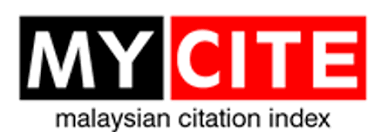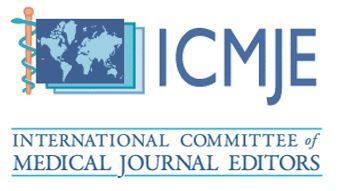Midaortic Syndrome – A Rare Cause of Resistant Hypertension
DOI:
https://doi.org/10.51200/bjms.vi1.5028Keywords:
Midaortic syndrome, resistant hypertensionAbstract
Midaortic syndrome (MAS) is a rare cause of renovascular hypertension in children and adolescents. It is characterized by the narrowing of the abdominal aorta, often with the involvement of renal and splanchnic arteries. Most cases are idiopathic. The resulting hypertension is severe, difficult to manage, requires multiple antihypertensives and often necessitates surgical or endovascular intervention. It is paramount to identify MAS as if left untreated, the majority of patients die by the age of 40 from hypertensive complications. A 20-year-old female with learning disabilities presented with clinical findings of pneumonia. During admission, she was noted to have resistant hypertension with recurrent acute pulmonary oedema, requiring multiple oral and intravenous antihypertensives. Workup for other common causes of secondary hypertension was unremarkable. However, her CT angiography showed severe stenosis of the suprarenal abdominal aorta with total occlusion of the infrarenal abdominal aorta, bilateral renal arteries, and proximal inferior mesenteric artery (IMA); celiac trunk (CT) and superior mesenteric artery (SMA) were seen providing collateral branches to kidneys, IMA and lower limbs. Subsequent aortogram additionally showed stenosed origins of CT and SMA. Angioplasty of suprarenal aorta, proximal CT and proximal SMA was done with good results. Angioplasty of the stenosed infrarenal aorta was not done due to the risk of rupture. Post angioplasty, she was able to be weaned off intravenous antihypertensive, and her blood pressure became more controlled. Although rare, MAS should be considered as one of the causes of resistant hypertension. Literature has described MAS as more common in children and adolescents (mean age of 14), but it should be considered in early adulthood patients as well. The majority of patients require surgical (bypass surgery or aortoplasty) or endovascular (balloon angioplasty with or without stenting) intervention] as using antihypertensives alone is difficult to manage the blood pressure. MAS is a rare cause of resistant hypertension; however, this diagnosis should always be considered as a differential in young adult patients
Downloads
Published
How to Cite
Issue
Section
License
All articles are published under the Creative Commons Attribution-NonCommercial (CC BY-NC 4.0) license, enabling users to read, download, copy, distribute, and adapt the material for non-commercial purposes, provided proper credit is given to the original authors and the source. This model supports transparency, accessibility, and the global exchange of medical knowledge.








1.png)





